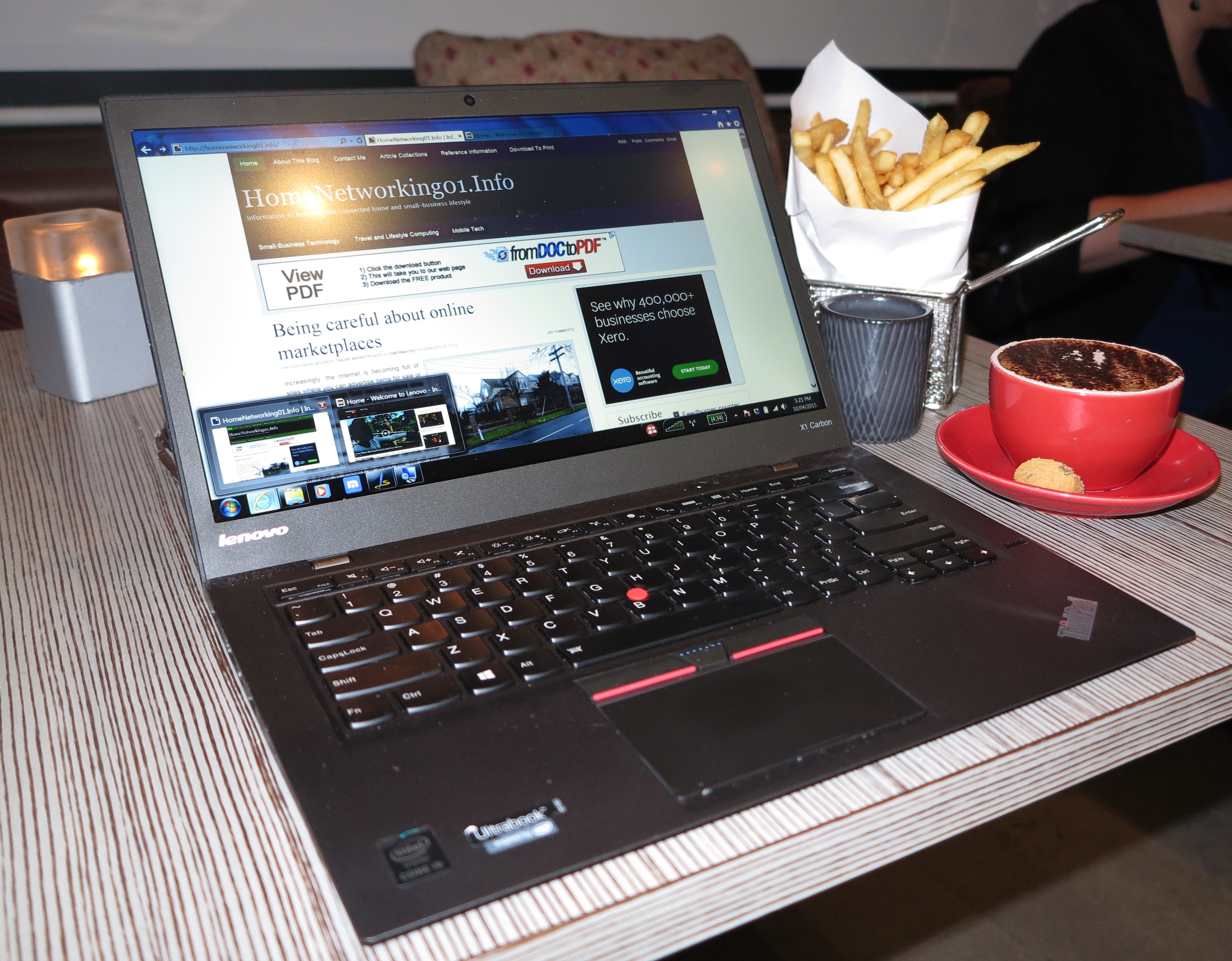Another of the new technologies that Intel has been promoting alongside its “Sandy Bridge” processor architecture has been the “Thunderbolt” peripheral connector.
Capabilities
This connector has a current raw transfer speed of 10Gbps but could have a theoretical maximum is 40Gbps (20Gbps up and 20Gbps down) when both pairs of wires are used. You can use this same “pipe” to pass a DisplayPort-based audio-video stream for a display as well as PCI-Express-based data stream.
There is the ability to daisy-chain 7 Thunderbolt-connected devices but you can have less than 3 metres between the devices at the moment.
Thunderbolt at the moment
This technology will complement USB and other connection technologies but will be like what happened with USB in the mid-90s. This means that it will be an Apple-only technology and this will appear on the latest run of MacBook Pro laptops.
It will appear on PC-based computers in early next year. As far as retrofit opportunities go, Intel had mentioned that it could be available for new motherboards but there was nothing much said about availability as an add-in expansion card.
The main peripheral applications would be external storage subsystems like the LaCie “Little Big Disk” storage array; as well as displays. Such peripherals that have this connection will typically be marketed as being “Thunderbolt-ready”.
What could it offer
Another storage-expansion connection for computing devices
One key application would be to provide a high-bandwidth direct connection between computer devices and one or more external hard-disk storage subsystems. The reason I use the term “computer devices” is because such devices could encompass PVRs which could benefit from capacity expansion, routers and network devices that convert attached external hard-disk subsystems to network-attached storage; as well as the general-purpose computers.
Multifunction devices that are fit for the new generation of compact high-performance computers
There is the possibility for one to exploit the Thunderbolt concept to design a multifunction desktop console unit. Here, this unit could house a screen, audio subsystem, video camera, removable storage such as an optical drive or SDXC card reader and/or a USB hub. Another variant could house a keyboard instead of a screen and connect to one or more external displays using DisplayPort or regular monitor connectors.
This display unit would be connected to an ultracompact system unit that has only the processor, RAM, graphics-processor, network connectivity and a hard disk, plus some USB sockets for a desktop application. On the other hand, this display could serve as a “desktop display” for a subnotebook or ultraportable computer. The USB hub would come in handy for connecting keyboards, mice, USB memory keys and similar devices.
Here, these multifunction devices can be designed so that they are no “second-class citizen” because they have multiple functions. This means they could render the multiple video streams as well as support the high-capacity removable storage technologies like Blu-Ray Disc or SDXC cards.
This is more so as the Intel Sandy Bridge technology makes it feasible for small computers like book-sized ultracompact desktops and notebooks of the “subnotebook” or “ultraportable” class to “have all the fruit” as far as performance goes.
Issues that may be of concern
One main issue that I would have about the Thunderbolt technology is that Intel could limit it to computer applications that are centred around its chipsets. This would make it harder for competing processor designers like AMD or NVidia to implement the technology in their chipset designs. It would also place the same implementation limits on system designers who want to use chipsets that offer improved performance or better value for money alongside Intel processors on their motherboards.
This is like the Intel Wireless Display technology which allows a special display adaptor to connect to an Intel-based laptop computer via a WiFi wireless network and show the pictures on the attached display device. Here, this functionality could only work with computers that have certain Intel chipsets and couldn’t be retroactively applied to older computers.
Another issue would be to encourage implementation in “embedded” and dedicated-purpuse devices like PVRs and routers as well as the general-purpose computers. For some applications like the previously-mentioned storage-expansion application, this could add value and longer service life to these devices.
Conclusion
Once the Thunderbolt technology is implemented in a competitive manner, it could open up a new class of devices and applications for the computing world by making proper use of the “big fat pipe” that it offers.


